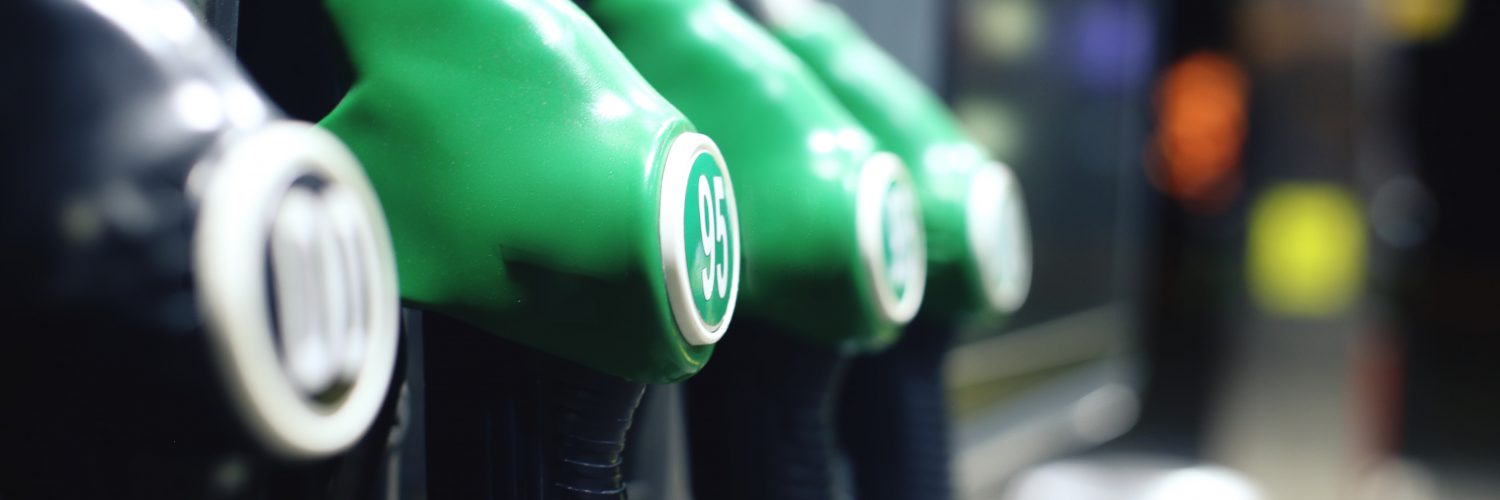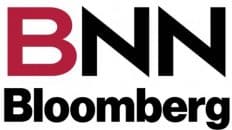To hedge or not to hedge, that is the question
Should we go out and look for a safe harbour to hide in, or do we go into this storm and try to ride it out? That’s my metaphor for this week’s report.
Translation: To hedge or not to hedge diesel and gasoline prices. Do we lock in now or just ride the market? Hedging is a fancy verb for guessing. My short and blunt answer is right now would be a good idea to find a real hedge and hide under it.
Not too long ago, opting to take a hedge position was primarily based on objective and current supply and demand data, which was then weighed against verifiable, documented, historical market information. If near to mid-term supply looks tight versus demand, then lock in.
Otherwise forget it. But as I wrote about in last week’s report, taking a futures position in today’s market is more complicated now.
Geopolitics, like President Vladimir Putin’s war in Ukraine, may or may not continue to affect the global crude benchmark price of Brent. This benchmark has now been reduced to trying to read the mind of Putin, which is no easy task at the best of times, and these are not the best of times for Ukrainians, Russians, or the Russian leader. With a twitch of his eye, he could cut off supply of crude, and all refined products to the European community, and spike prices around the world overnight.
Try factoring that into your, ‘to hedge or not to hedge’ formula.
Then we have the world’s largest buyer of crude and related products – China that keeps spinning its revolving door on its COVID-19 lockdown rules of engagement. This week’s version has the lockdown button in the off position so, the ‘guesstimators’ on Wall Street are anticipating a jump in demand and therefore an increase in prices for gasoline and diesel.
To heck with it! Let’s forget about the rest of the world and look at this Island of North America for some guidance on the logic of taking a hedging position.
The Holy Grail of market information in the fossil fuel industry is the weekly Environmental Impact Assessment (EIA) report. This must be simple, right? If inventories of crude increase, then prices of diesel, gasoline, and jet fuel should decrease.
Not so. In the latest EIA report, crude levels increased by a record 19 million barrels, and gasoline shot up by 4 million barrels. So, surely wholesale, pump and rack prices should plummet, right?
Not so again. They actually increased the next day by 3 cents per litre. This was not just a one-day fluke either, prices have continued to increase as this week rolls on.
If this is any indication of the rough seas of pricing in the coming months, then I suggest going below deck, forget hedging, and ride this storm out.
– Roger McKnight – B.Sc., Senior Petroleum Analyst








Add comment